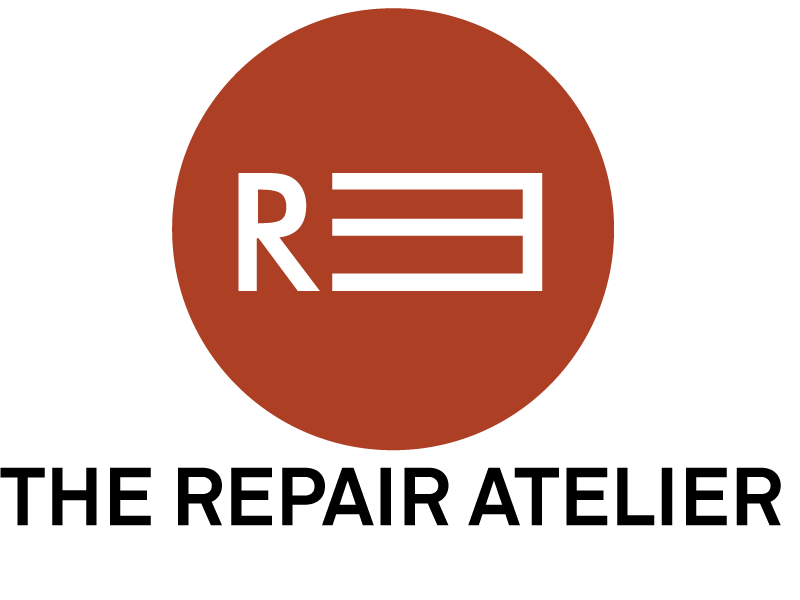On Murammat
By Shahzad Bashir
Murammat is a term of Arabic origin utilized extensively also in other languages such as Persian and Urdu. Indicating repair, reconstitution back into whole after breakage or decay, the term can be attached to auxiliary verbs to indicate reconstitutive actions. The term acquires special resonance when deployed for culturally significant objects, such as ceramics, manuscripts, carpets, and textiles made into clothing, bedding and tents, and decorative hangings. Repair is an economic as well as social imperative, the objects repaired needed for quotidian usage and also often meaningful as holders of personal and social memory. The fact of repair can enhance value by signifying age or association with particular persons or past contexts. A much-repaired object transmits the touch of ancestors and predecessors through time.

